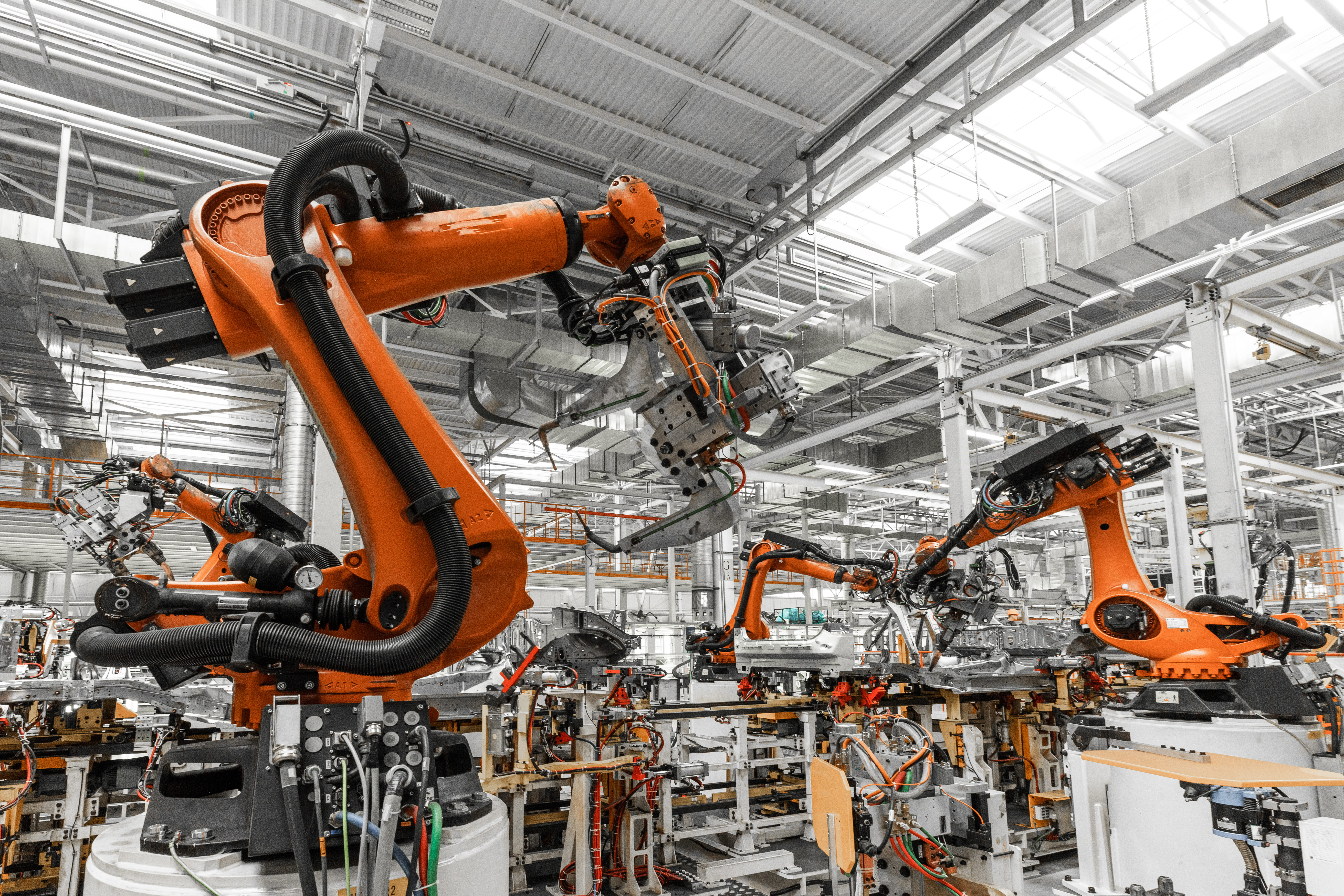
This is a follow-up to recap some of the key points discussed during DM Radio’s episode titled, “Manufacturing 4.0 and Data-Centric AI” hosted by Eric Kavanagh. To hear the full broadcast of the show, please visit here.
Phong Nguyen, Chief Artificial Intelligence Officer at FPT Software and Carl Lewis, Senior Director of Customer Success & Strategic Partnerships at Landing AI joined Eric Kavanaugh, host of DM Radio for the “Manufacturing 4.0 and Data Centric AI” aired in December. The trio discusses the role AI plays in manufacturing and how it can provide greater sustainability, consistency, cut costs, and increase manpower nearly instantly. Computer vision as we know it has blossomed into expansive tools which allow for intricate programs to enhance what people on an individual basis are capable of. Nguyen begins with describing the power which AI has to offer.
“The power of AI can go as far as your imagination does. It expands beyond even what we have in today’s world.” He continues, “It’s really important for you to keep an eye and understand how the motor works to avoid any defects.” While AI’s potential is seemingly endless, Nguyen recognizes the potential negative outcomes which cannot be overstated. Responsibly implementing the power available through AI is key. This coincides with the concept of model drift, the notion that an AI model will function properly for an amount of time and as more information is applied, environment changes, or any other number of shifts can result in the model moving away from its intended purpose. AI is an augmentation of human ability, not a replacement.
Lewis goes into detail of how technology has improved over time leading to speedier, higher-quality processes, “We had an application we're working on and were able to give [the customer] a high accuracy model in around 10 minutes. That was compared to something that they had worked on using rule-based vision which provided reasonable results but that took around four to six months to develop… unlocking that value and getting to a deployment as early as possible is really achievable with Landing AI along with that FPT's help finalizing that deployment as quickly as possible.” As technology continues to progress, its implementation and cost has dropped drastically. Because customers value time and cost, especially in production, these improvements can help quell any fears an owner may have with the effort required to make the leap to automation. Another aspect which has become achievable in manufacturing with AI is zero defect.
Combining AI and computer vision seems like a perfect match. According to Nguyen, humans being combined with these tools makes zero defect achievable. Nguyen mentions the importance of people still being a strong part of the equation. Both artificial and human intelligence play key roles in manufacturing when it comes to spotting defects and getting the number as close to zero as possible. As has been the case since its inception, computing emphasizes the ability to take large quantities of data and detect patterns efficiently. In the context of manufacturing, namely computer vision, the AI can detect where a defect has occurred over many hours nonstop. The human operator can then use this data to find causal and thereby resolve the issue from the manufacturing process. In order to properly utilize AI, however, it’s important to understand the needs to best implement the solution.
Working with a customer to create a larger understanding of their needs is key to utilizing AI properly. Nguyen discusses the value of meeting with a customer to hear where their snags in production lie as well as any other conflicts they’ve noticed. FPT’s role is to then provide solutions given the expertise and problem-solving capabilities. “FPT gets to know the customer well and can integrate those AI into their business logic so the right solution can be applied.” Different factors can be the cause of problems which may not be immediately obvious. Kavanaugh, for example, discusses a customer discovering the weather being a cause for manufacturing issues due moisture. AI has the ability to narrow down factors that people on their own may not have recognized previously. Incidentally, this is also why humans still need to be part of the loop monitoring the situation. Because each aspect (both human and machine) has its own blind spots, a “checks and balances” system has proven to be the most successful.
Sustainability and green energy have become popular tech topics for good reason. Because manufacturing requires a tremendous amount of energy, finding ways to reduce that factor is important. Part of optimizing production also includes using less to make more. With AI, cutting down on wasted materials will go beyond creating a higher profit margin for manufacturers; the practical application of its contribution to energy conservation is clear. Despite manufacturing’s complicated relationship with sustainability, AI provides a unique set of tools to keep factories running as efficiently as possible for lower overhead and ultimately, less energy required. Nguyen closes out with an important sentiment, “…there's a lot of things that machine learning and AI can do beyond defect detection and anomaly detection. The future of manufacturing AI is very bright.”






























